Bones & Hay
posted on
June 6, 2015
Bones
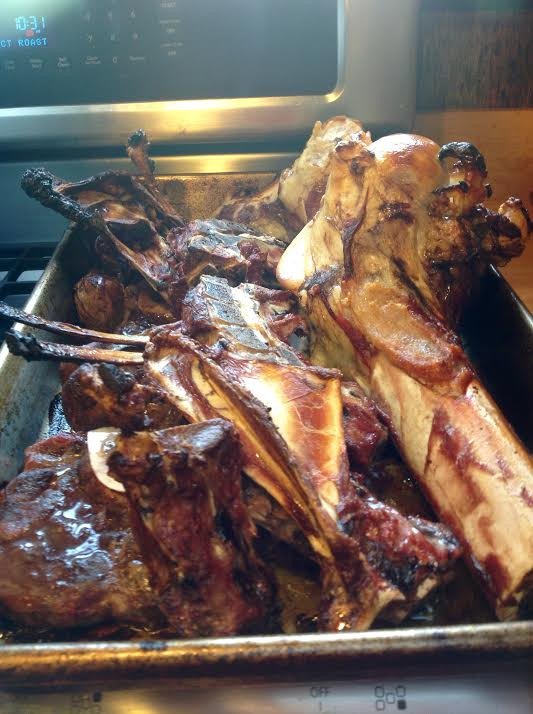
These roasted bones provide the basis for stock or broth. Included are beef shanks, lamb shoulder, lamb ribs, and beef knuckles. In addition, celery, carrots, thyme, bay leaf, garlic, and onion are roasted and caramelized to add flavor. The process of making bone broth takes most of a day, as it is continually reduced and skimmed. The result is a rich, clear, and deep broth, that nurtures the soul and heals the gut.
Hay.
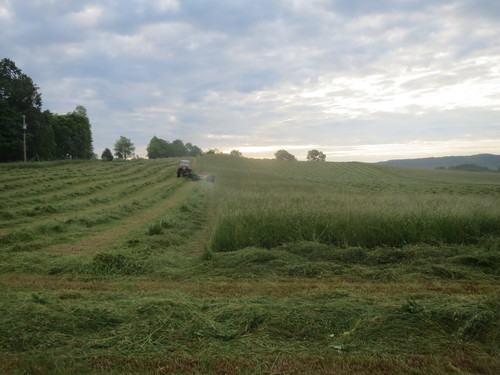
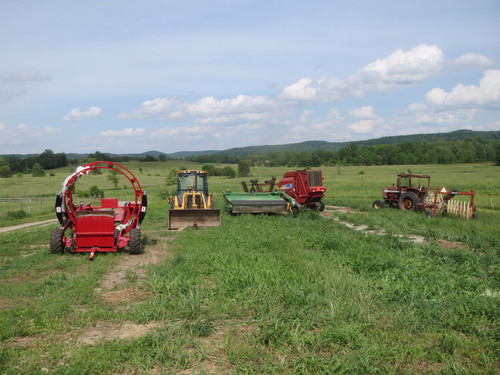
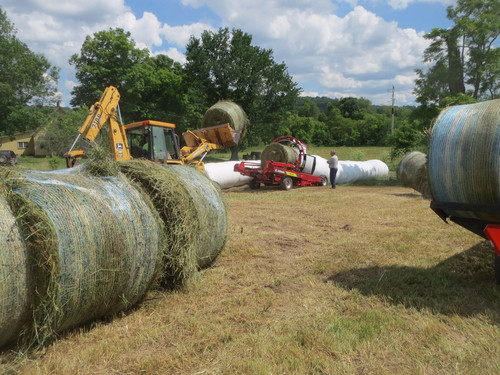
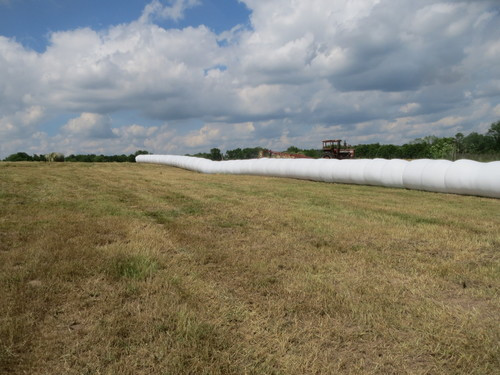
This past week the making of hay has been underway on our farm, to carry us through the winter. We hire the process out to a contractor and have marveled yet again at the extent of the work. At least ten different pieces of equipment, valued at over $200,000, and four men are involved to complete the operation within 24 hours of cutting.
Our goal is to drop the making of hay altogether, so as to avoid the large cost. We will plant some annuals this year for the first time to extend the grazing season, and see how this compares financially and ecologically to making hay. We think it will be about half the expense, at least, while requiring much less equipment. We think it will also consume less carbon, ironically, because of fewer trips across the field with heavy equipment. We will keep you posted on this inquiry.
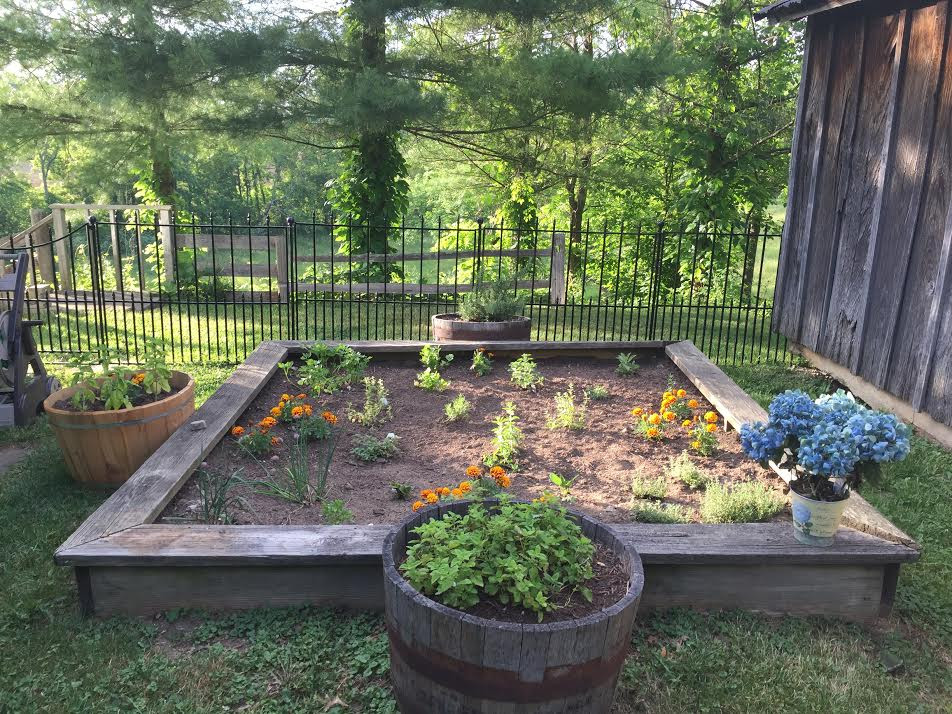
Here is Susan's replanted herb garden. Once it matures, it will be providing mint, parsley, and cilantro for sliders.
In gratitude for the healing essence of bones and the reassurance of hay.




